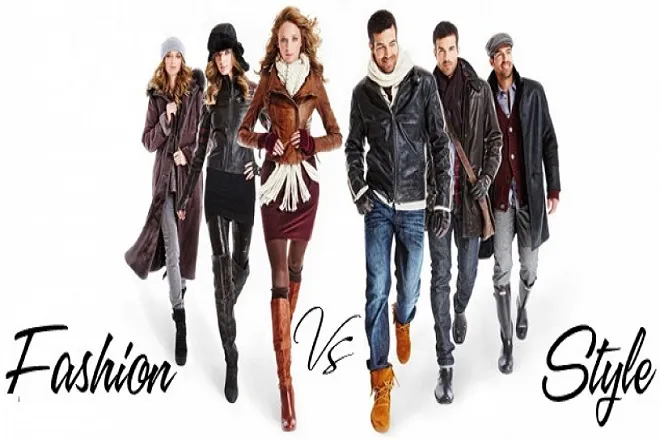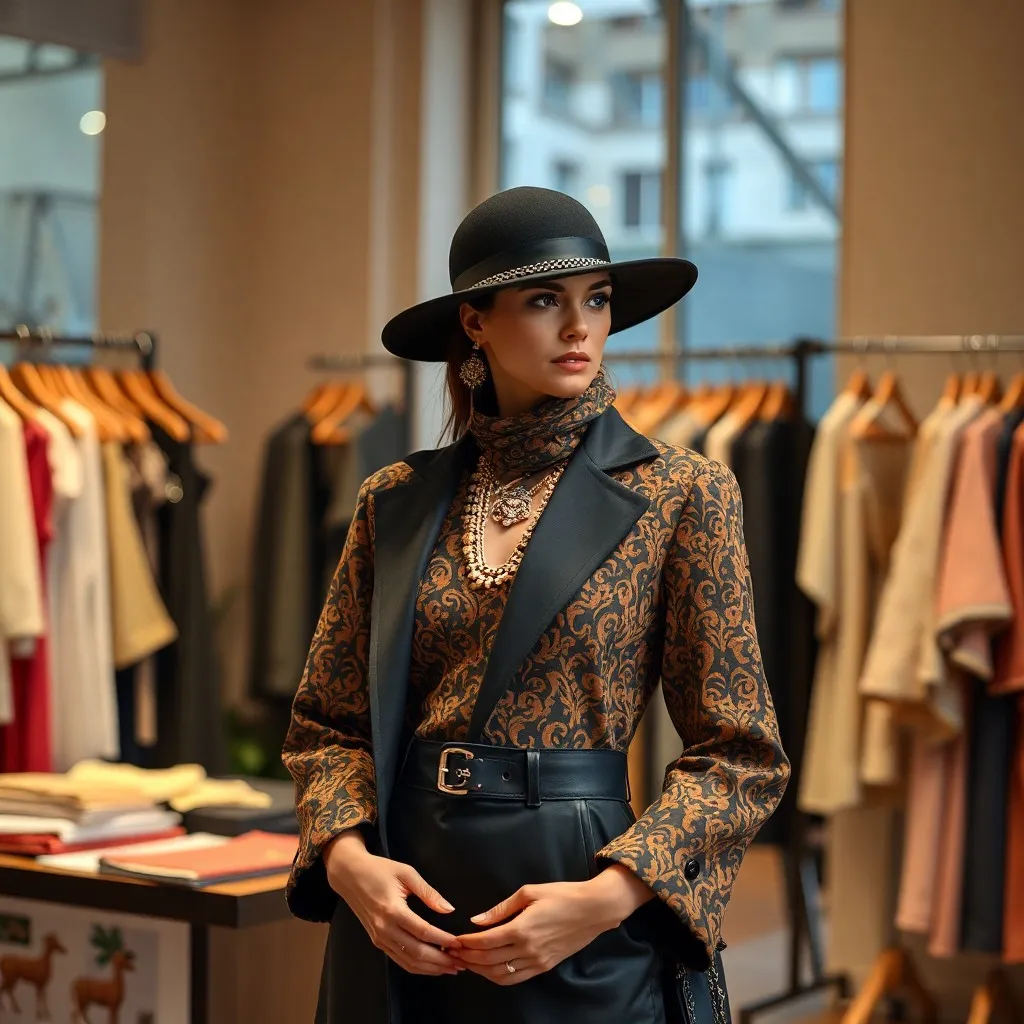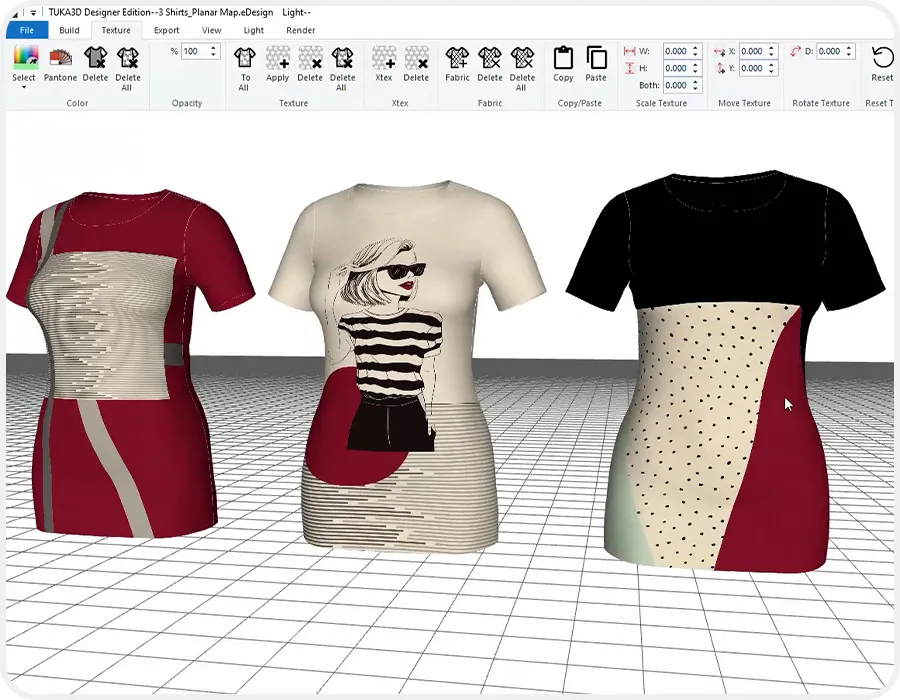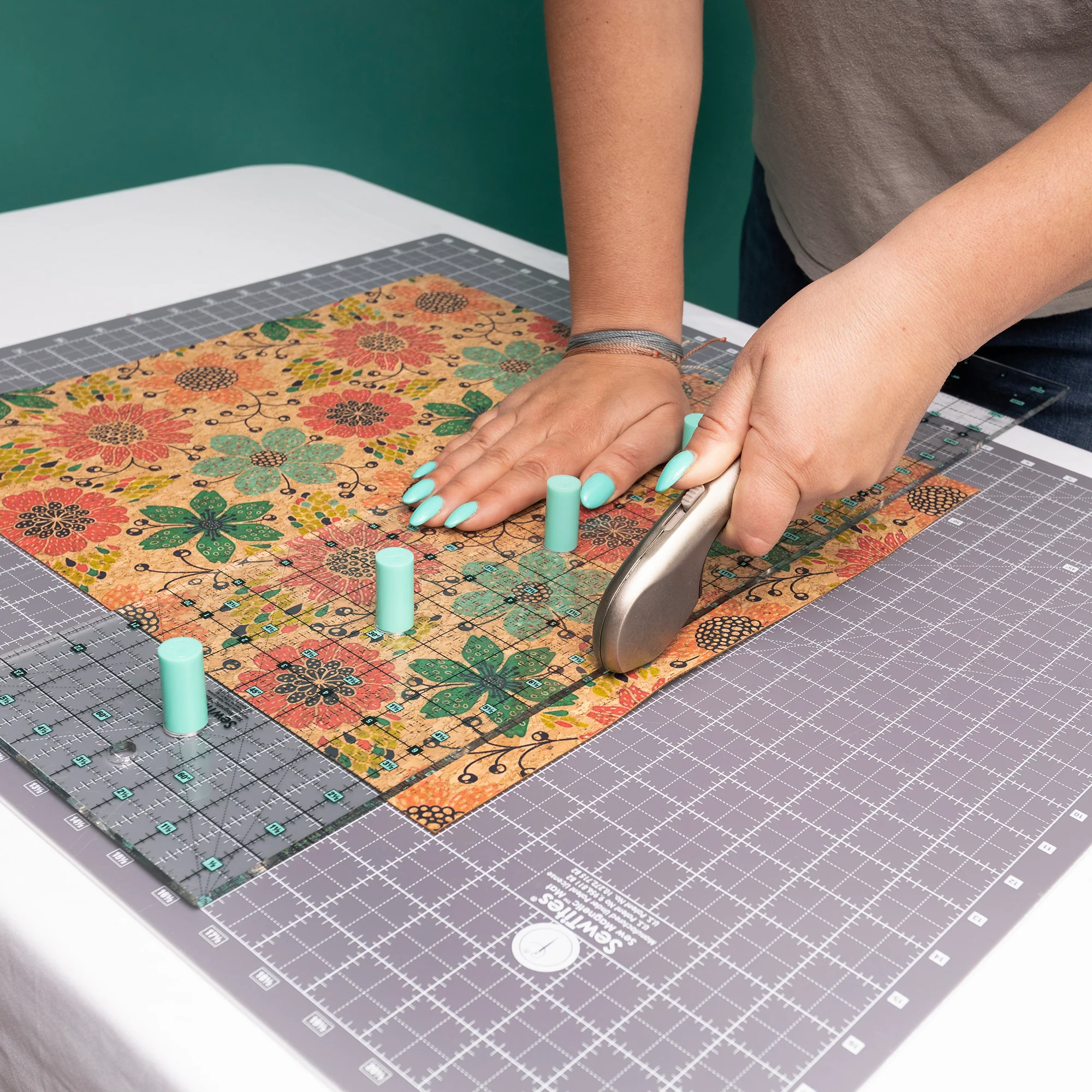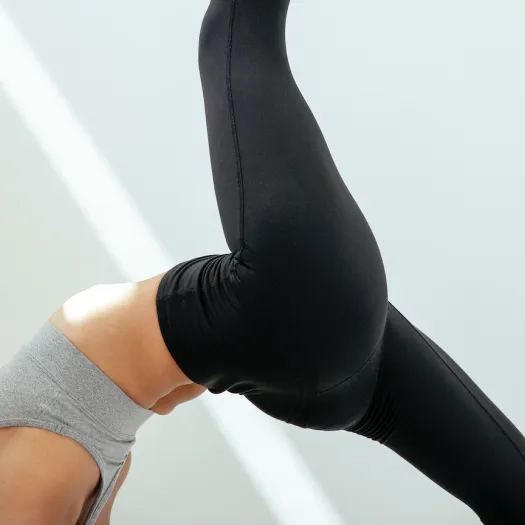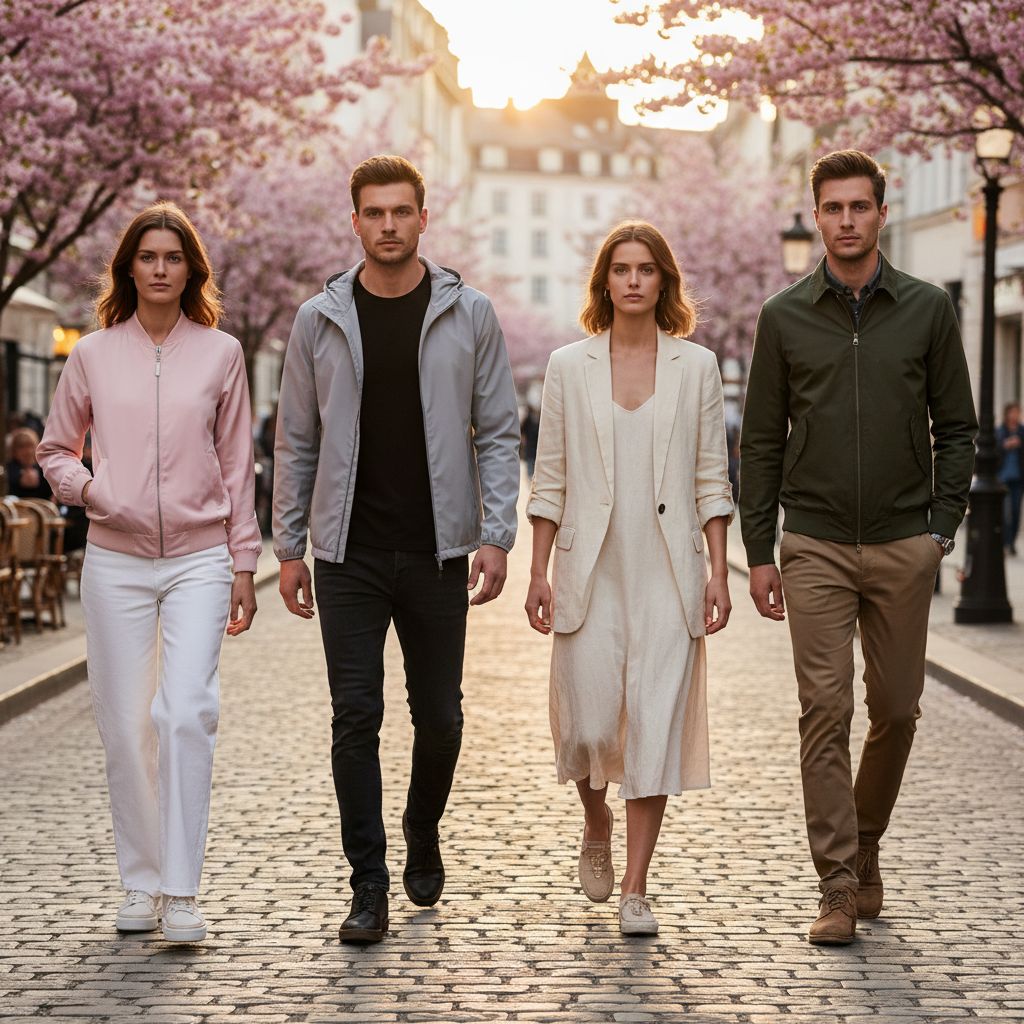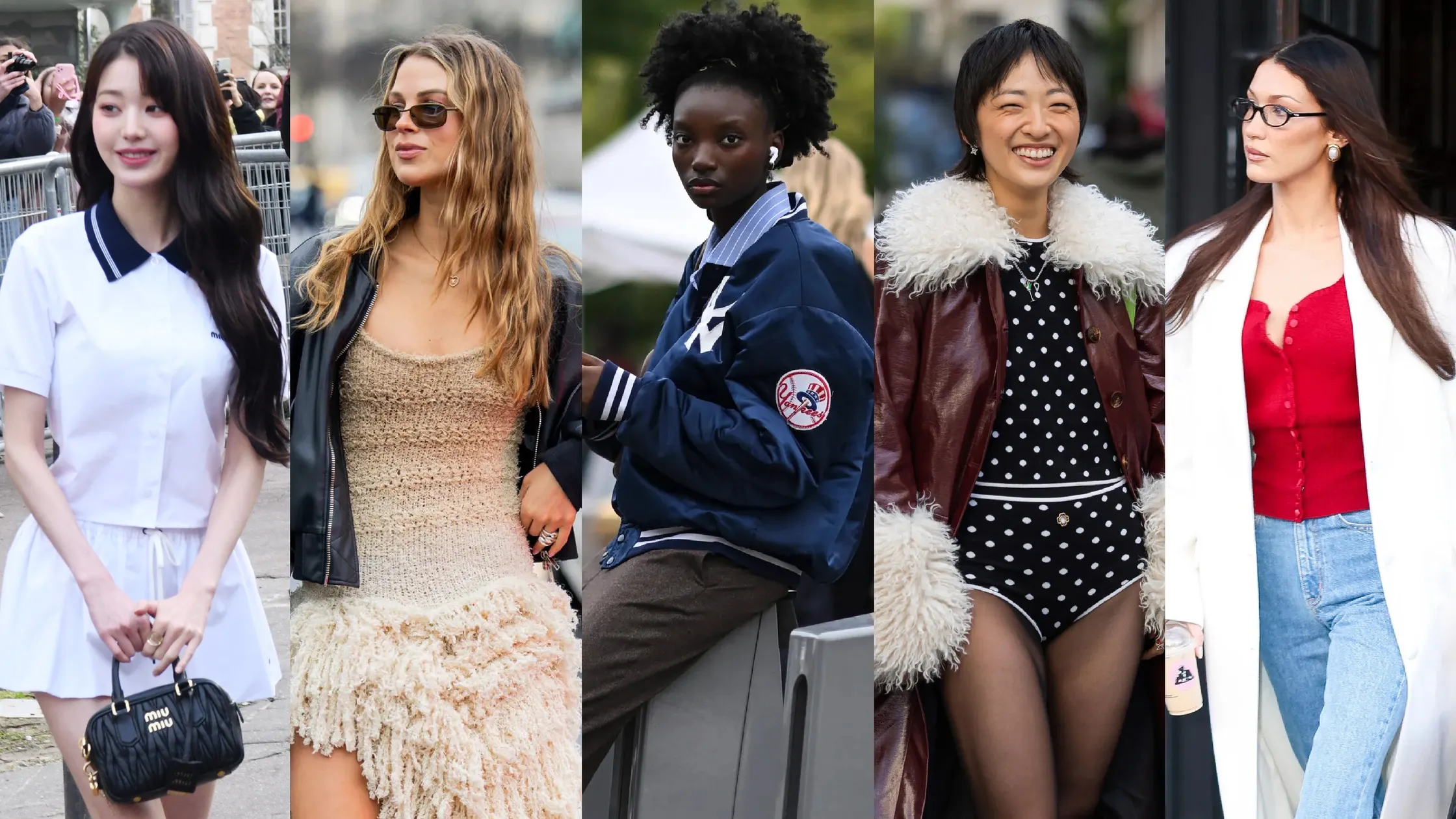
Classification helps you navigate the complex world of fashion by distinguishing between styles, trends, classics, and fads. By understanding these differences, you can better appreciate how fashion evolves and how your choices reflect personal expression and societal influences. Whether you want to spot a fleeting fad or embrace a timeless classic, this guide empowers you to make informed decisions about your wardrobe and stay ahead in the ever-changing fashion landscape.
What is Fashion?
Fashion extends beyond mere clothing to encompass the styles and aesthetics defining an era through apparel, accessories, and footwear. Often, the newest designs by couturiers reach only a select audience before evolving into widespread trends embraced by the public. When a look achieves social approval and broad adoption, it becomes recognized as fashionable. You’ll notice how films, social media, and traditional outlets like magazines fuel this acceptance, blending individual taste with collective cultural and commercial values. Understanding fashion involves appreciating its role in expressing identity, lifestyle, and societal change at a specific time and place.
=> Related Article: Effortless Elegance: A Fashionista’s Travel Companion

Fashion style reflects the distinctive ways people express themselves through dress, influenced by cultural, social, and personal factors. It evolves gradually, capturing the spirit of specific subcultures or broader societal moods, with variations in color, fabric, and details shaping its unique identity. While a style may rise to popularity over time, it eventually fades as tastes shift, sometimes re-emerging years later with a modern twist. Your awareness of how styles develop and recede helps you better navigate the fashion landscape and understand the underlying forces shaping your wardrobe choices.
Definition of fashion style
A fashion style represents a popular form of dress linked to particular groups or eras, distinguished by specific design elements beyond the basic silhouette. When you add variations like unique trims, fabric choices, or garment lengths, you create a style that resonates with cultural preferences. This style adapts continuously, influenced by social changes and media, and serves as a reflection of collective identity rather than merely individual taste.
=> Related Article: Fashion vs. Style: What’s the Real Difference?
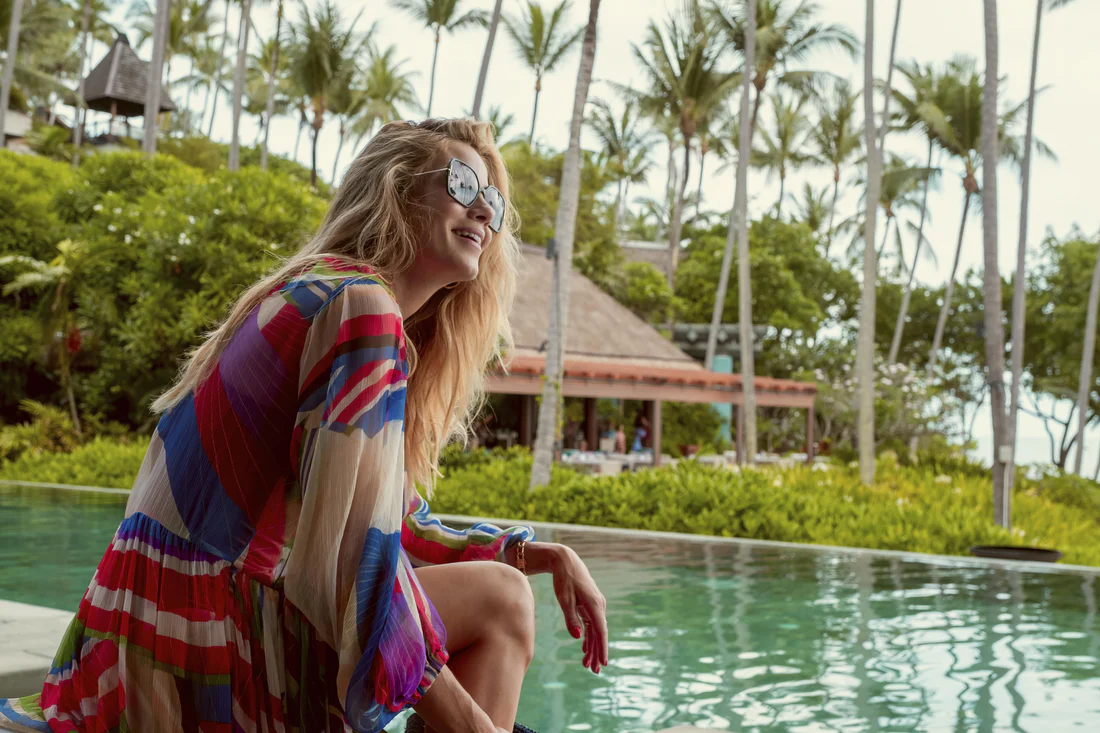
Differences between style and silhouette
Fashion style and silhouette often overlap in conversation but tell different stories. Silhouette describes the overall shape of a garment think A-line dresses or fitted trousers while style includes the detailed features like fabric, color, length, and embellishments layered upon that silhouette. You can imagine silhouette as the garment’s structural foundation, with style adding the personality that changes with trends and cultural shifts.
=> Related Article: Skills Needed To Be A Successful Fashion Designer

Breaking it down, silhouettes tend to remain limited in number due to human anatomy and design practicality. For instance, a bell-shaped skirt silhouette contrasts sharply with a pencil skirt silhouette, offering two distinct outlines. Style builds on these foundations by incorporating seasonal updates such as adding lace trims, experimenting with bold prints, or choosing particular color palettes which transform a simple silhouette into an identifiable fashion statement. Over time, as your tastes or cultural moods evolve, the same silhouette can support numerous styles, allowing continual reinvention without altering the core shape.
Classification of Fashion:
The lifespan of a fashion trend varies greatly, influencing how designers and retailers manage their inventory and market strategies. Some trends fade quickly, while others endure and evolve over time. You’ll find fashion generally breaks down into distinct categories style, classic or basic fashion, fads, forecasting, and trends. Each category plays a specific role in how fashion is created, consumed, and renewed in a dynamic industry shaped by culture, consumer behavior, and media influence.
=> Related Article: List of the Best Fashion Design Software: CLO, Sketch, CorelDraw, Adobe Illustrator, TUKAcad…
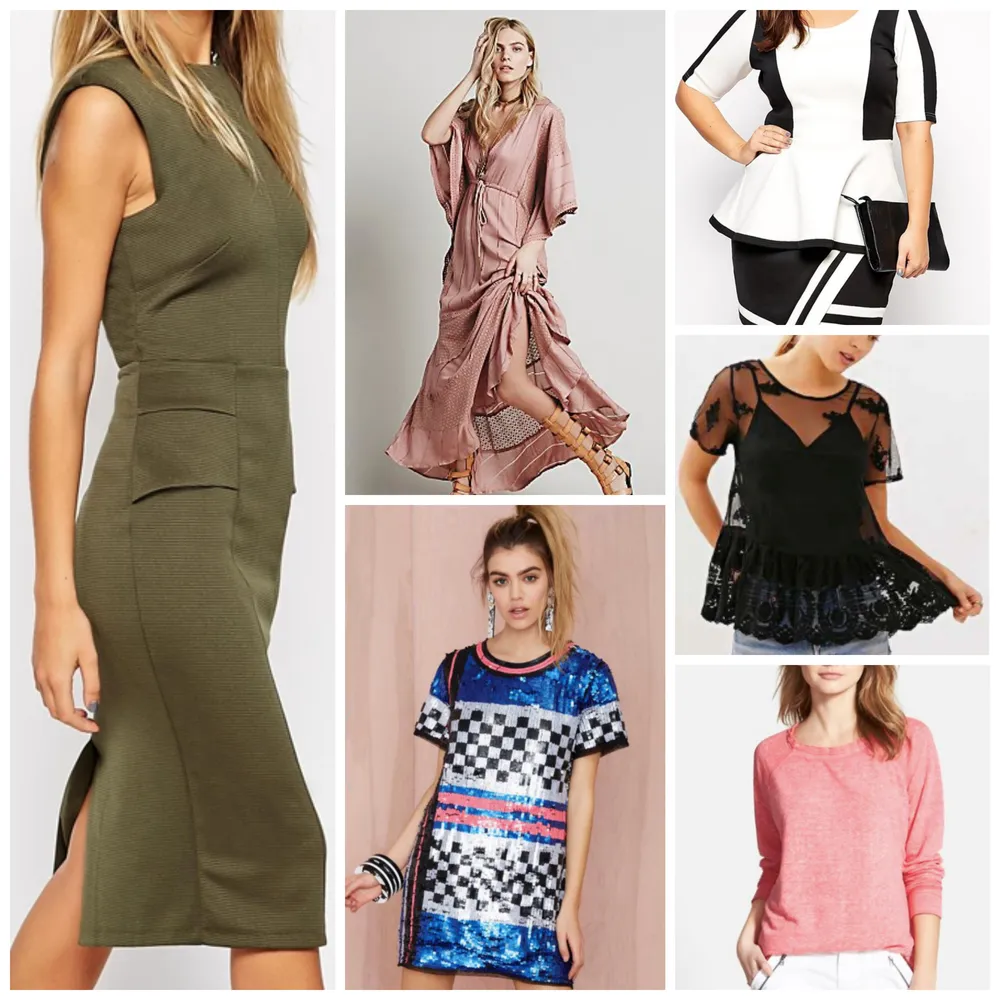
Style
Style represents the constant backbone of fashion the foundational silhouettes and forms that remain steady even as fashion shifts. Any garment’s basic outline defines its style, while fashion introduces modifications like altered necklines or added embellishments. Those tweaks, once embraced by consumers, transform the style into a fashion statement. Expect styles to resurface after 5 to 15 years in regenerations, often adapted by a new generation with contemporary fabrics, colors, and trims tailored to modern tastes.
=> Related Article: Essential Fashion-Design Tools Every Beginner Should Have
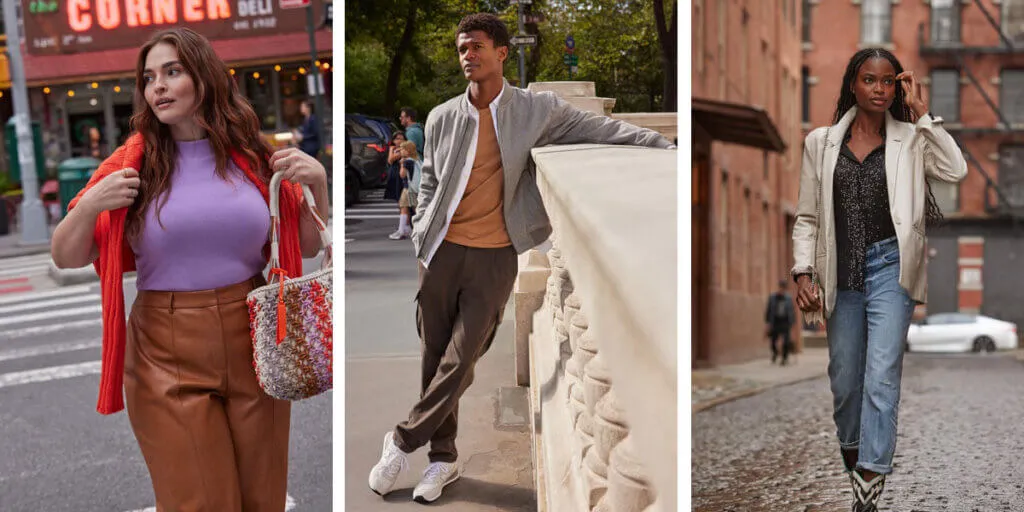
Basic or classic fashion
Classics stand apart as timeless fashion constants, rarely needing reinterpretation. You might spot classic garments originating from functional military and workwear, like trench coats and denim jeans, continuing to serve practical needs while evolving subtly with seasonal marketing tweaks. Burberry’s revival under Christopher Bailey exemplifies how classic styles maintain their core identity even while embracing current trends to stay relevant.
=> Related Article: Fashion Guide: Dressing Right for Your Body Type
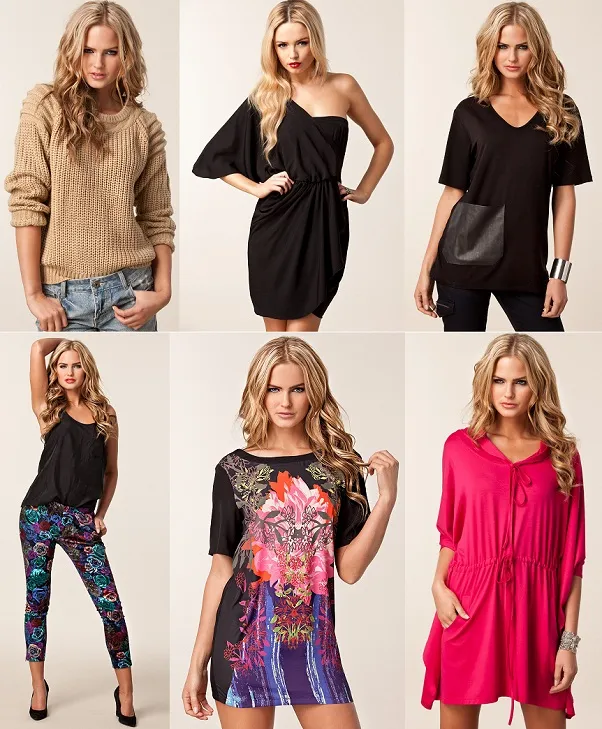
These timeless pieces often act as anchors in your wardrobe, offering reliability amid fleeting trends. Classics endure because they fulfill both functional and aesthetic roles, providing versatile styling that transcends seasons. Their simplicity and heritage create a lasting appeal, which explains the continuous success of brands that honor classic design principles while balancing modern influences. Incorporating classics into your wardrobe assures you have sophisticated staples that never really go out of fashion.
Fashion fads
Fads flash brightly but briefly, usually revolving around quirky, low-cost accessories or playful prints like florals or fruit motifs. Their appeal lies in humor and novelty rather than longevity, often peaking during festive or high-energy seasons like summer or year-end parties. You might chuckle recalling leopard print hotpants or cherry earrings spotted on social media, items bought for a fun moment rather than lasting wear.
=> Related Article: Inverted Triangle Body Shape? Here’s How to Dress with Confidence
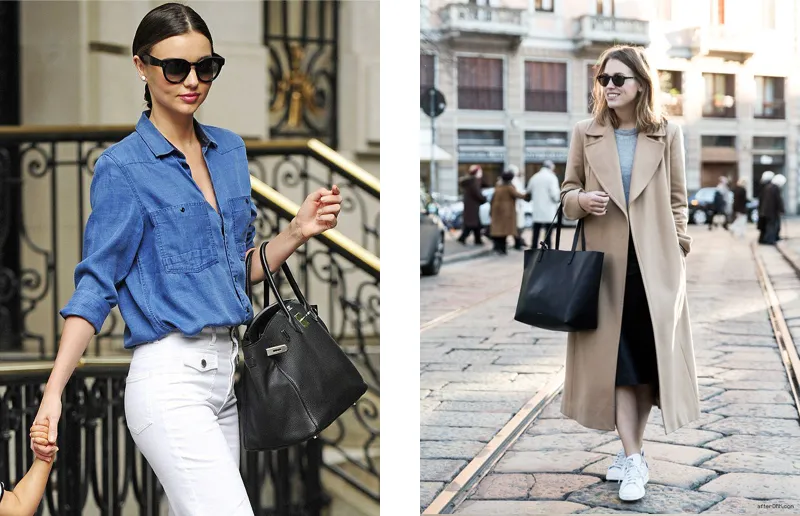
Behind every fad is a calculated risk by retailers and fast-fashion outlets catering to impulsive, trend-hungry consumers. Fads provide an accessible price point and instant gratification, though their fleeting nature means they quickly lose momentum. Recognizing fads helps you avoid wardrobe clutter and makes room for more considered purchases, especially since these quirky pieces rarely return beyond a brief cycle.
Fashion forecasting
Fashion forecasting synthesizes global insights from fashion capitals like London, Paris, and Milan to predict styles 18 to 24 months in advance. Companies like Peclers, Nelly Rodi, and WGSN analyze social, political, and cultural shifts alongside economic patterns to identify emerging trends. Their reports guide designers and retailers alike, influencing choices in color palettes, fabrics, cuts, and lifestyle aesthetics tailored to future consumer desires.
=> Related Article: 10 Different Types of Designers in the Fashion Industry
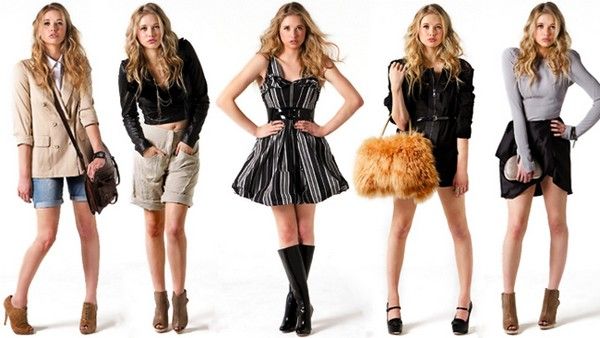
Forecasting integrates both data analysis and artistic intuition, supplying you with a roadmap for upcoming seasons. The process turns complex, seemingly unpredictable fashion cycles into manageable foresight, enabling better decision-making. By tapping into forecasters’ expertise, your brand or wardrobe stays ahead rather than reacting to changes after trends saturate the market.
Fashion trends
Fashion trends emerge from collective cultural movements and innovation, lasting significantly longer than fads by evolving over months or years. They reflect shifts in lifestyle, technology, and consumer preferences, influencing varied apparel elements from sleeve lengths to accessory choices. Awareness of trends equips you to engage creatively with the dynamic fashion landscape while balancing originality and market appeal.
=> Related Article: 10 Different Types of Designers in the Fashion Industry
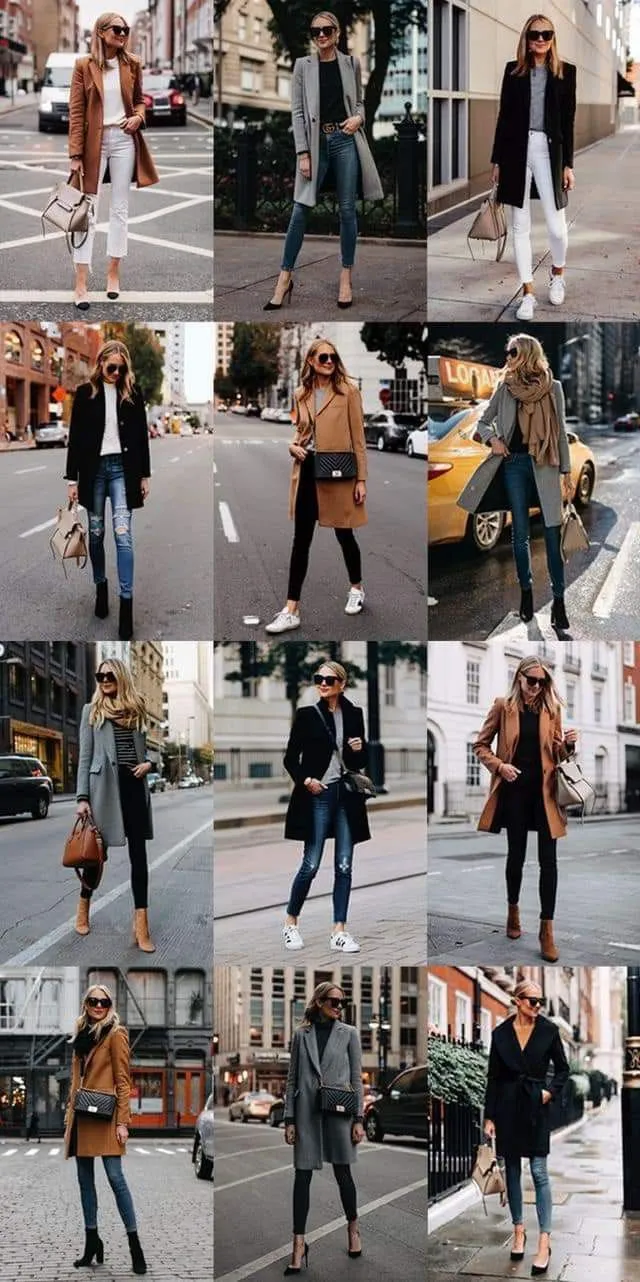
Trends often develop through a complex web of factors, including celebrity influence, media exposure, and street style adoption. They create a shared visual language among consumers while allowing room for personal interpretation. By tracking trends carefully, you ensure that your fashion decisions resonate with current tastes without falling prey to the volatility of more ephemeral fads.
12 Fashion Trends That Will Be Everywhere
Fashion is about contrast: soft meets structured, past meets future, basics meet bold. Whether you’re into maximalist glam or laid-back layers, there’s a trend here for every personality.
- Hyper-Feminine Revival: Expect romantic silhouettes think bows, lace, ruffles, and rosettes coming back in full swing. It’s all about softness, elegance, and timeless girlish charm.
- Drop-Waist Dresses: A nod to the ’20s and early 2000s, these low-slung waistlines offer a relaxed yet structured look. Great for giving off a vintage-modern vibe.
- Statement Tights: Tights are no longer just basics. You’ll see bold colors, prints, and even glitter-infused versions taking over street style and runways alike.
- Reconstructed Denim: Patchwork, deconstructed hems, unexpected silhouettes denim is all about reinventing itself.
- Bermuda Shorts Comeback: Longline, tailored shorts are making a return, often styled with blazers for a chic business-meets-leisure aesthetic.
- Metallic Everything: From liquid silver gowns to shiny gold accessories, metallics are turning daily outfits into futuristic fashion statements.
- Red is the Power Color: Fiery reds dominate 2025. Whether it’s a full red look or just a statement coat, this color is hot, bold, and unapologetic.
- Sheer Layers: Transparent fabrics like organza, mesh, and chiffon are layered for drama. It’s daring but delicate.
- Maxi Skirts with Volume: Flowing, exaggerated skirts are replacing minis. Often paired with fitted tops for a balanced silhouette.
- Utility-Chic Aesthetic: Think cargo pockets, structured vests, and industrial hardware but elevated with luxe fabrics and modern tailoring.
- ’90s Minimalism: Clean lines, muted colors, and simple silhouettes are gaining ground again. Less is more.
- Sporty Couture: Blending athletic wear with high fashion like track pants with heels or mesh jerseys with pearls is creating bold, hybrid styles.
=> Related Article: Guide to Clothing Trade Shows to Find Vietnam Garment Factories
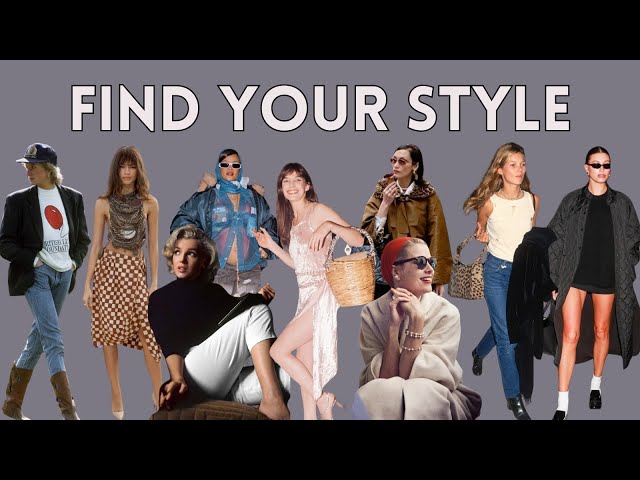
Summing Up / Final Words
With this in mind, understanding the classification of fashion allows you to better navigate the ever-changing landscape of styles and trends. By distinguishing between timeless styles, classic pieces, fleeting fads, and emerging trends, you can make more informed choices in your wardrobe and fashion ventures. Knowing how forecasting influences what eventually gains popularity helps you anticipate shifts and align your personal or professional fashion goals with market movements. This knowledge empowers you to appreciate fashion’s complexity and its ongoing evolution within the global marketplace.
=> Read More: Hook and Eye Fastener: History, Modern Uses, and Why It Still Matters in Garment Design



